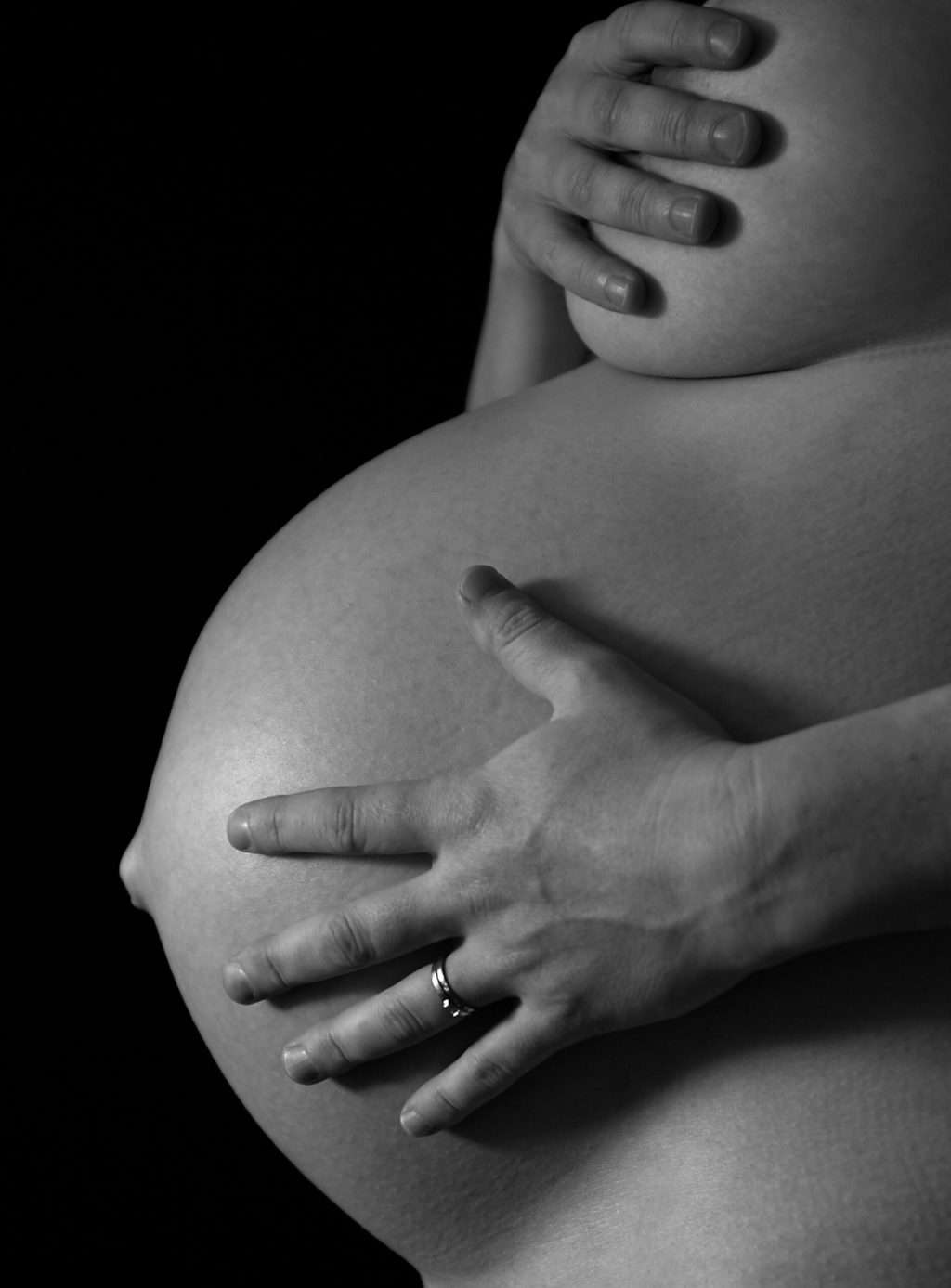Monitoring Your Baby’s Movements
Chelsey Turner
Midwife
Summary
Feeling your baby move is one of many weird and wonderful experiences you will have in pregnancy. When you start to feel that new tiny human moving around in there, you suddenly realise that your body is no longer just your own. You may love the feeling, or it may take a bit of getting used to. What you feel, and how you feel about it will be completely individual to you but whatever your feelings towards them may be, your baby’s movements and your awareness of them is incredibly important.
Why are my baby’s movements important?
Feeling your baby move is a sign that they are well. A reduction in movements is sometimes a sign that a baby is unwell.1 Research into stillbirth has shown that of women who had a stillbirth, 55% had noticed that their baby’s movements had slowed down or had stopped. 2
When will I start to feel my baby moving?
It is likely that you will start to feel your baby moving when you are anywhere between 16 and 24 weeks pregnant. Once you start to feel baby move, the amount you feel will steadily increase until you are approximately 32 weeks pregnant. From 32 weeks baby’s movements will remain roughly the same, right up until baby is born. 3
What will my Baby’s movements feel like?
Movements are described by women in different ways. Some describe a popping feeling, or flutters early on in pregnancy. As pregnancy progresses, women tend to describe their baby’s movements as jabs, kicks, somersaults, shuffles, nudges or rolls. What you feel and how you describe it will be individual to you. Don’t worry too much about what others feel. Take some time to get to know how your baby moves and how those movements feel to you. By doing this you’ll be able to establish what is normal for you and your baby.
How often should my baby move?
Every baby is different. Your baby will go through their own active, and sleep periods throughout the day and at night. It is important that you take note of when your baby is both active, and at rest, to help you to recognise any changes in this pattern and enable you to act. 3
Should I count the number of movements?
No. You do not need to count the number of times your baby moves. 4 Instead, be consciously aware of your baby’s normal pattern of movements throughout the day and night. It is a change in this individual pattern which is important to act upon.
Is there anything that would affect my ability to feel my baby moving?
If you are busy or active it is possible that you may not notice all of your baby’s movements. 5 In the same token, if you are sat down and still, it is likely that you will more easily notice your baby move. If a scan shows that your placenta is at the front, you may find it more difficult to feel your baby moving in the earlier stages of pregnancy, as your placenta may cushion some of the sensation.
In labour women often find it more difficult to focus on fetal movements due to the distraction of labour itself. It is important to still make time to think about baby’s movements. Some find it helpful to use the time between contractions to routinely focus on feeling baby move. Your birth partner can help to remind you of this. Whatever the circumstances, if it ever crosses your mind that baby’s pattern of movement has changed, or you have any questions or concerns regarding baby’s movements at all, notify your midwife or maternity provider.
Is it true that my baby will move less towards the end of pregnancy?
NO. Your baby’s pattern of movements should stay about the same until baby is born. Even during labour, your baby should continue to move. 6 The type of movement you feel towards the end of pregnancy may change. Women often describe movements to be more like shuffles and rolls or wiggles and stretches rather than somersaults. Where the type may change, the pattern of movement should remain the same.
Can I use a home doppler to make sure my baby is ok?
NO. Never use a device you have at home to listen to your baby’s heartbeat. Only a midwife or healthcare professional who is trained to do so, can locate and listen to your baby’s heartbeat and establish whether baby is well. You may be falsely reassured by a home doppler by thinking that you’re listening to your baby’s heartbeat, when you are in fact listening to your own, and if you are unable to find the heartbeat yourself, this may cause you unnecessary worry. 7 It is also important to note that often, a monitor called a cardiotocography machine (CTG), and in some circumstances an ultrasound scan are needed to present a more detailed picture of your baby’s wellbeing if their movements have slowed down or stopped. If you are concerned about your baby’s movements, do not hesitate to contact your midwife or maternity provider ensuring that you speak to someone directly. You will be given numbers to enable you to seek advice, 24 hours a day, 7 days a week.
I don’t have the time to be checked over. Can I wait until I have more time?
No. Never delay in contacting your midwife or maternity provider if you have concerns about your baby’s movements. If your baby is unwell, or distressed, time is often critical. Acting quickly may save your baby’s life.
I have been checked over, and all was well. What if it happens again?
Call your midwife or maternity provider again. If you ever think that your baby’s movements have changed, slowed down or stopped, always call, no matter how many times. Even if this is the following day and all was well previously, still call your midwife or maternity provider immediately. Never delay in making that phone call.
Links to resources
 Videos
Videos
Movements Matter – Tommy’s https://www.youtube.com/watch?v=YQUHSXvGQ30
 Guidelines
Guidelines
Saving Babies’ Lives Version Two – https://www.england.nhs.uk/wp-content/uploads/2019/07/saving-babies-lives-care-bundle-version-two-v5.pdf
 Websites
Websites
– Leaflet from Tommy’s and NHS England: Feeling your baby move is a sign they are well.
– Leaflet from the Royal College of Obstetricians and Gynaecologists Your baby’s movements
References
1. Tommy’s & NHS England. Leaflets: Feeling your baby move is a sign that they are well: Tommy’s Website. Published 2019. https://www.tommys.org/sites/default/files/RFM%20leaflet%20Mar% 202019_1.pdf Accessed 10 July, 2020.
2. Tommy’s. Movements Matter- Raising awareness of fetal movements: Tommy’s Website. Published 2016. https://www.tommys.org/pregnancy-information/symptom-checker/baby-moving-less/movements-matter-raising-awareness-fetal-movements. Accessed 2 July, 2020.
3. Royal College of Obstetricians and Gynaecologists. Reduced Fetal Movements (Green-top Guideline No. 57). Published: 2011. https://www.rcog.org.uk/en /guidelines-research-services/guidelines/gtg57/. Accessed 2 July 2020.
4. NHS. Your baby’s movements: NHS Website. Published: 2018. https://www.nhs.uk/conditions/pregnancy-and-baby/baby-movements-pregnant/. Accessed 20 July, 2020.
5. Royal College of Obstetricians and Gynaecologists. Information for you: Your baby’s movements in pregnancy. Published 2019. https://www.rcog.org.uk/globalassets/documents/patients/patient-information-leaflets/pregnancy/pi-your-babys-movements-in-pregnancy.pdf. Accessed 20 July, 2020.
6. Tommy’s. The latent phase of labour: Tommy’s Website. Published 2019. https://www.tommys.org/pregnancy-information/labour-birth/latent-phase-labour Accessed 10 July, 2020.
7. The Royal College of Midwives. RCM Advises Pregnant Women Against Use of Personal Dopplers. Published 2020. https://www.rcm.org.uk/media-releases/2020/january/rcm-advises-pregnant-women-against-use-of-personal-dopplers/ Accessed 24 July, 2020.








